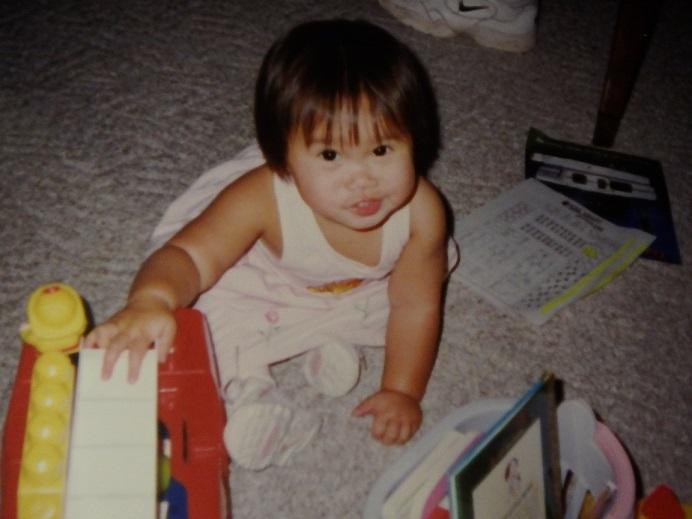End of One Child Policy
November 3, 2015
October 29, 2015 the one child policy in China has ended- now it’s two children.
On Thursday President Xi Jinping announced the end of the One Child Policy. With the increasing rate of an aging population, China finds themselves a weakening economy as the future generation struggles to compare with the previous’ numbers. According to The New York Times, abolishing the one-child policy would “increase labor supply and ease pressures from an aging population,” as stated by the National Health and Family Planning Commission, which enforces the policy in China.
“This will benefit sustained and healthy economic development,” the commission said.
As a child adopted from China, presumably because of the one child policy, I know that the One Child Policy has some misconceived interpretation. When I went with the school to China to visit our sister school in Foshan, I was shocked that a lot our host students had siblings. My host had a five year old little sister, and my friends’ host even had two older sisters. What was the One Child Policy?
-The people living in urban parts(the majority of the population) are limited to one child.
-The people living in rural areas may have two children, if their first was a girl.
-If a couple has more than one child, they can be fined, could lose their job, or possible be forced to have an abortion.
From the policy China has successfully decreased the growth rate of their population; however, there are consequences. One, the disproportionate ratio of girls to boys. Girls greatly outnumber boys, and a worry for the future generation was that a lot of families would die because there would not be enough girls for every man to have a child with to carry their name.
Will the Two Child Policy help stop this trend? Will the workforce increase? That’s the big question, because even though the people now have options, it still is an option they can decline. The one child policy was enacted in the 70s, so for more than forty years people have adjusted to the policy; having one child in now the norm.
Also, having children is expensive. In China kids do not have to continue their education pass middle school, and if they chose to, it is not free. Many couples now eligible have to consider whether they are capable of focusing on another child.
So how effective is this policy change? Only time can tell. However this is an achievement for China’s citizens’ individual social power, whether they use it or not is up to them.





